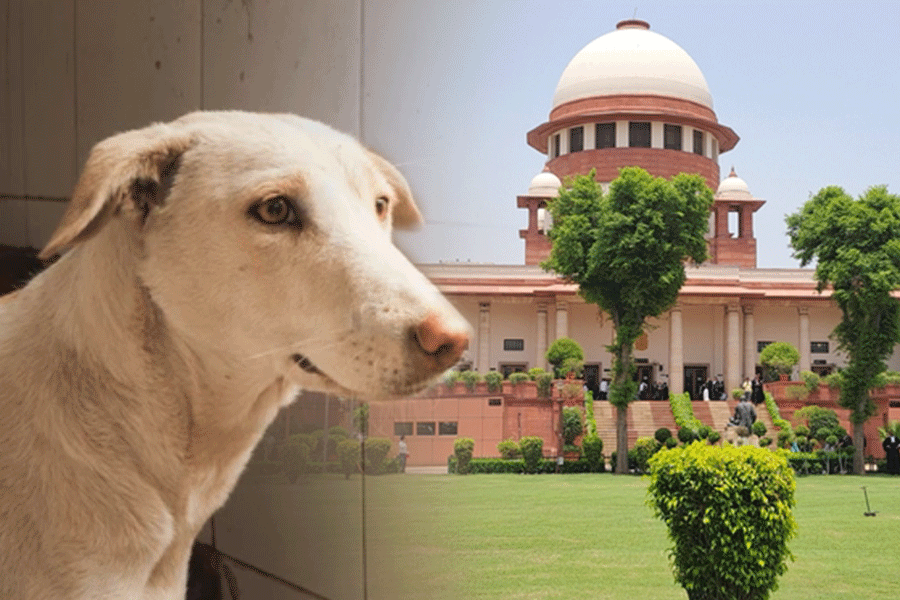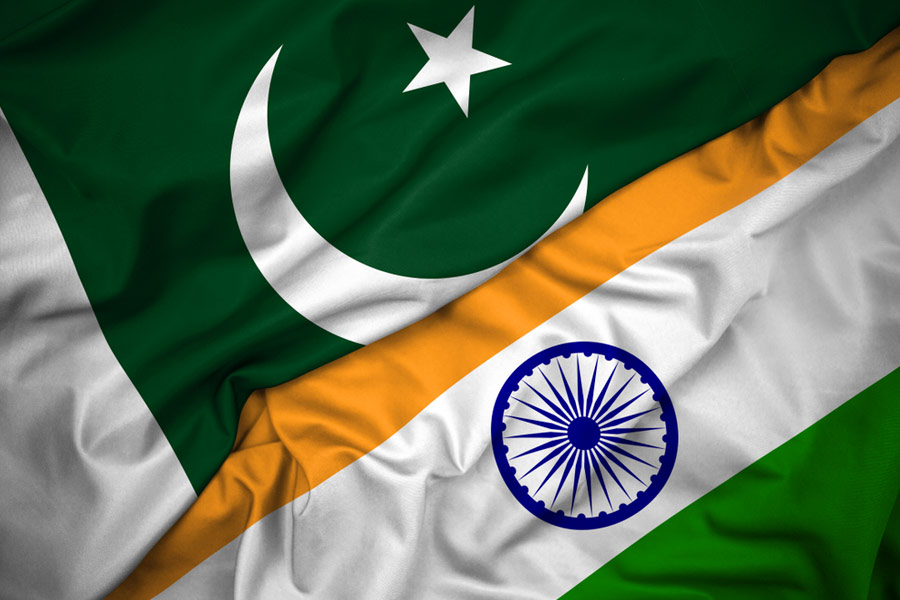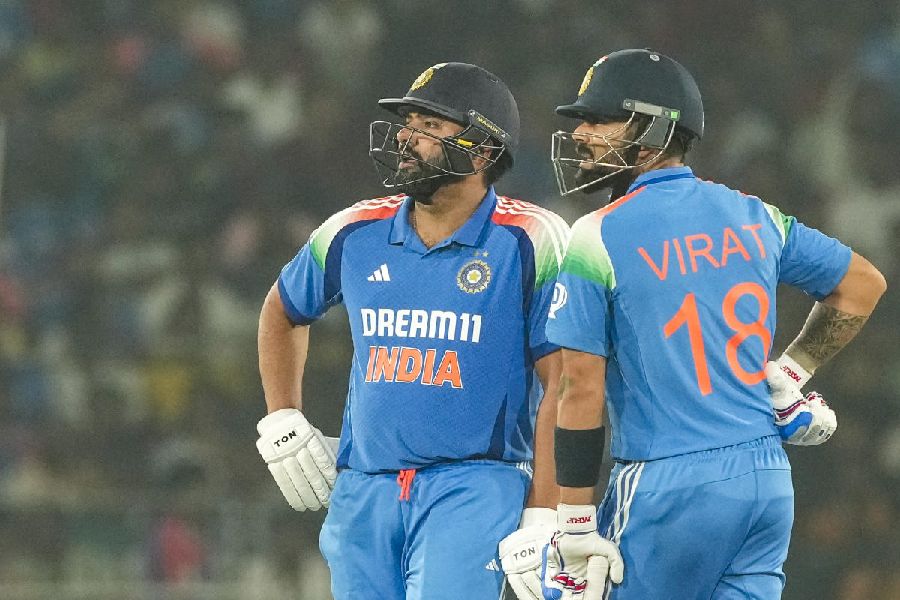 |
| The annular solar eclipse on Friday was described by scientists as the longest celestial event of the millennium. Calcutta, which did not fall on the path of annularity, witnessed a partial eclipse with the disc of the moon obscuring 76 per cent of the sun at the peak of the eclipse at 1.58pm, said E. Islam, the director of the Birla Industrial and Technological Museum, which organised telescopic projection and viewing through filters for school students. The eclipse was visible between 12.07pm and 3.29pm in the city, where a clear sky provided an unhindered view of the event. “The day temperature dipped to some extent and sunrays dimmed,” S. Sen, the director of the Positional Astronomy Centre, told PTI. Skygazers across town viewed the eclipse through Mylar filters and welder’s glasses. A few followed the custom of not eating during the eclipse and discarding food prepared before the start of the event. The next annular eclipse to be visible from India will be on December 26, 2019. Pictures by Bishwarup Dutta |
 Thursday, 14 August 2025
Thursday, 14 August 2025









